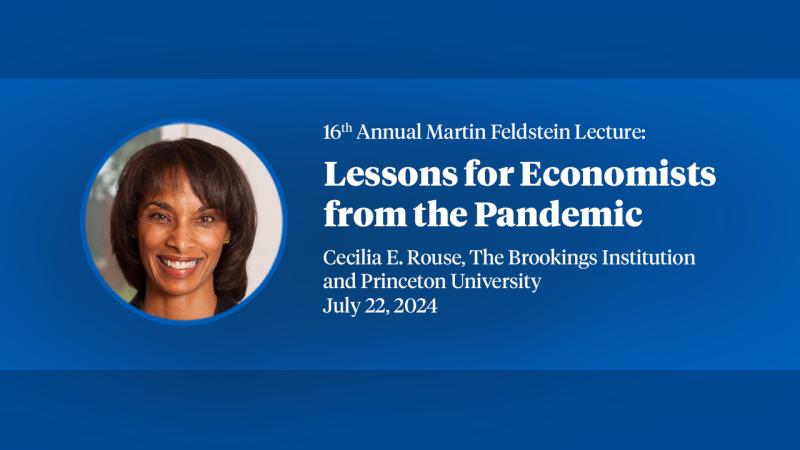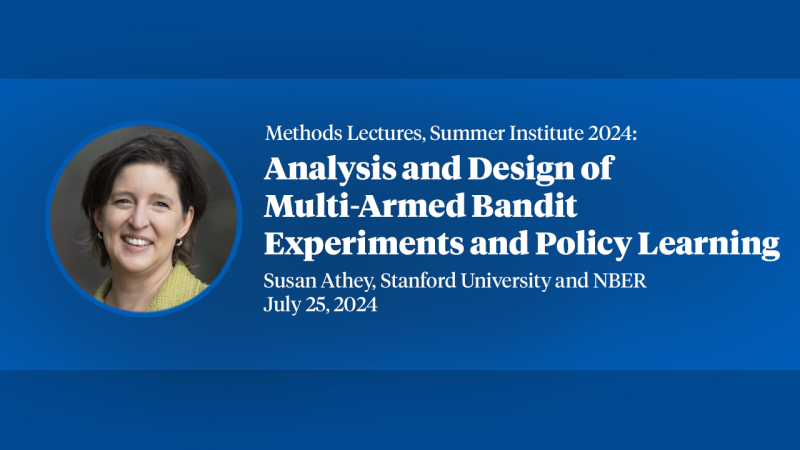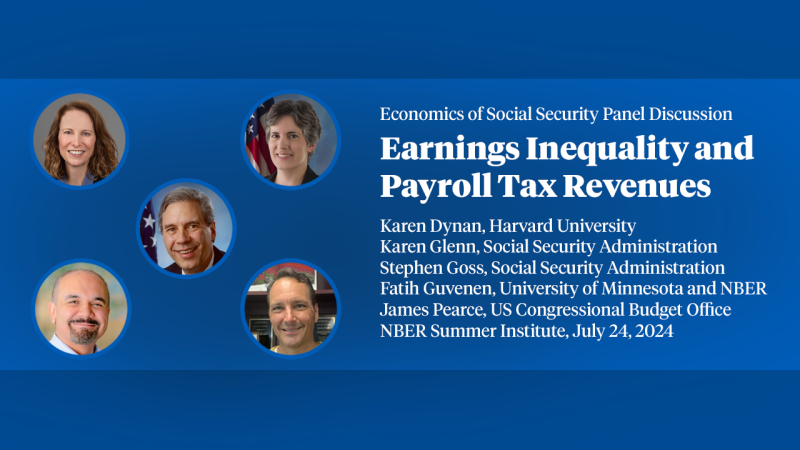Social Security Forecasts and the Future Health of the American Population
Accurately forecasting expenditures on Social Security is a difficult endeavor because doing so requires predicting the health status of Americans well into the future. While health forecasting has understandably received more attention in predictions of future Medicare expenditures – health care expenditures are more directly tied to health – such forecasts are crucial for Social Security forecasting as well. First, the extent of Social Security expenditures on retirees and their spouses (Old-Age and Survivors Insurance, or OASI) depends on how long people survive into their retirement years, and this in turn depends critically on their health status. A healthier, more long-lived population will spend more on OASI in the long run. Second, both Supplemental Security Income (SSI) and Social Security Disability Income (DI) payments, though less in aggregate than OASI payments, depend even more critically on population health status.
Forecasts that ignore changes in population health status – or inadequately model them – are thus bound to be inaccurate. This is especially the case since the health status of Americans has been rapidly changing over the last decades, for both better and worse. There is considerable evidence, for instance, that newer cohorts of elderly Americans have become healthier than previous cohorts with declining rates of disability (Manton, Gu, and Lamb, 2006). Rates of smoking and the cancers that it causes have also declined, which makes the population as a whole healthier. At the same time, obesity rates and many chronic diseases associated with it have increased throughout the population, including in particular the near-elderly. As these populations age toward retirement, they are likely to have shorter lives, on average, than cohorts of elderly that came before them (Olshansky et al, 2005; ). At the same time, prominent demographers have criticized the Social Security Administration for being too pessimistic about future trends in mortality (Soneji and King, 2012). Disentangling these competing trends and claims requires a sophisticated approach to disease and mortality modeling.
In this paper, we apply an updated version of the Future Elderly Model, which has been used extensively over the last decade to forecast future Medicare expenditures and to answer counterfactual questions about the effects of changing medical technology on future medical expenditures, to the purpose of predicting future expenditures by the Social Security Administration. At the core of the FEM is a detailed microsimulation that captures a diverse set
of health conditions and demographic factors known to drive health care spending and mortality. The parameters underlying the FEM are estimated using large nationally-representative longitudinal databases, including the Health and Retirement Study (HRS) and the Medical Expenditure Panel Survey (MEPS). The FEM provides detailed forecasts for cohorts of Americans 51 years old and above.
1 One key feature of the FEM is its ability to handle the problem of competing risks, where declines in the mortality associated one condition (or increases in the prevalence of that condition) lead mechanically to increases in the mortality and prevalence of other conditions (since dead people cannot develop any new chronic diseases). Our focus in this paper, in addition to introducing the predictions of the FEM on outcomes relevant to the Social Security Administration, is on delineating how alternate assumptions changes in mortality forecasts affect forecasts.


